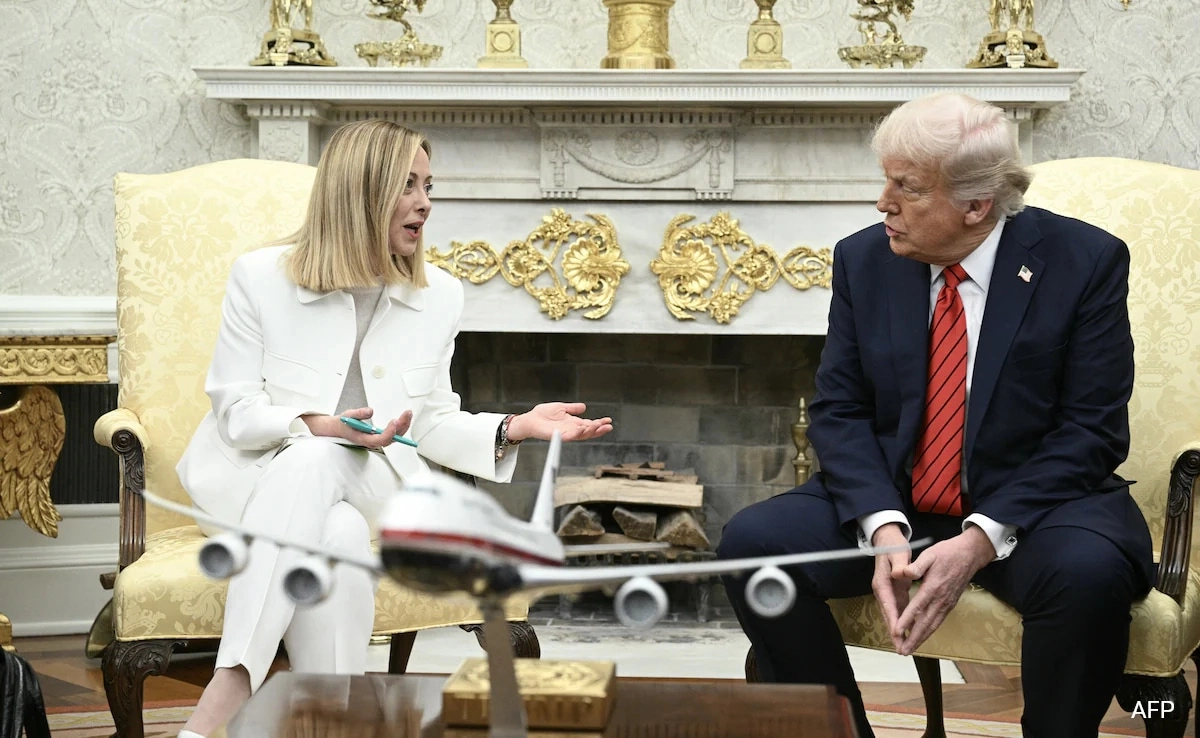In a recent incident that has drawn significant media attention, a lawyer who infamously threw a shoe at a Chief Justice has publicly expressed no regrets about his actions. This unusual protest, which many viewed as a demonstration of frustration towards the judicial system, has sparked a heated debate regarding the boundaries of civil disobedience and the respect owed to judicial figures. The lawyer, whose identity has not been disclosed, has since stepped into the limelight, making a series of bizarre claims that challenge conventional understanding of courtroom decorum and legality.
The shoe-throwing incident occurred during a high-profile court session, where tensions were already running high due to the contentious nature of the case being heard. Witnesses report that the lawyer’s actions were not just impulsive but seemed to be premeditated, as he had engaged in heated exchanges with the court prior to the incident. In the aftermath, he has publicly defended his actions, asserting that they were a necessary expression of dissent against what he perceives as systemic injustices within the legal framework. His claims suggest a broader narrative—one that paints him as a martyr for the cause of reform, rather than a mere disruptor of court proceedings.
In the wake of this event, legal experts and commentators have weighed in on the implications of such protests within the judicial system. Many argue that while dissent is a cornerstone of democracy, the manner in which it is expressed can undermine the very principles of respect and order that courts uphold. The lawyer’s assertion of no regrets has further polarized opinions, with some viewing him as a heroic figure standing up against perceived injustices, while others see him as a misguided individual whose actions could set a dangerous precedent for future courtroom conduct.
As the legal community grapples with the ramifications of this incident, the lawyer continues to make headlines, not only for his actions but for the bizarre and often contradictory claims he has made in defense of them. His narrative raises questions about the intersection of personal beliefs, public expression, and the sanctity of the judicial process. In a society that values free speech, the challenge remains: how do we balance the right to protest with the need to maintain respect for the institutions that uphold justice? This incident serves as a striking reminder of the complexities surrounding legal dissent and the ongoing conversation about the boundaries of acceptable behavior in the pursuit of justice.




